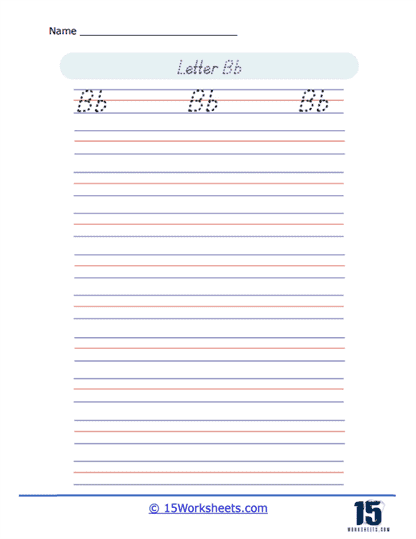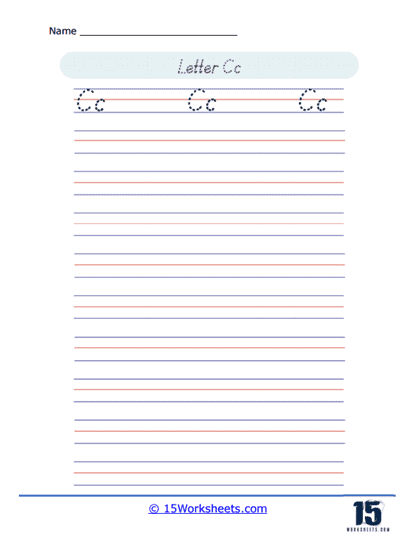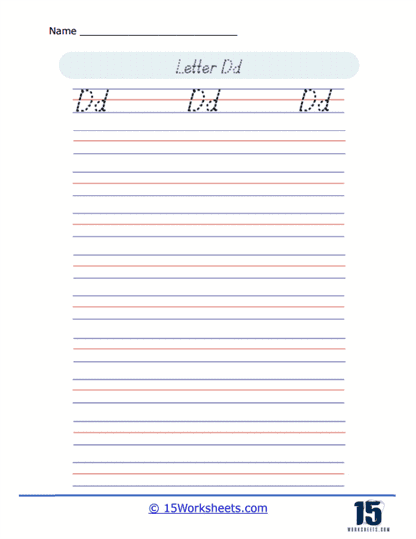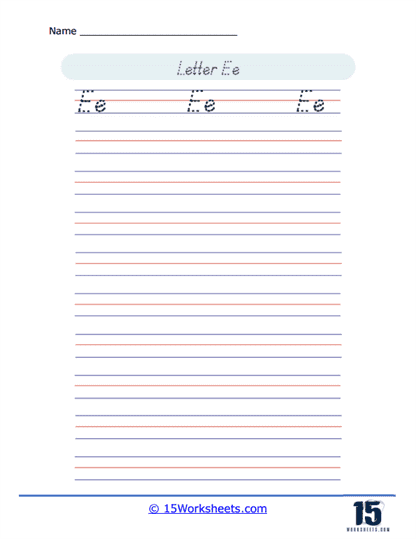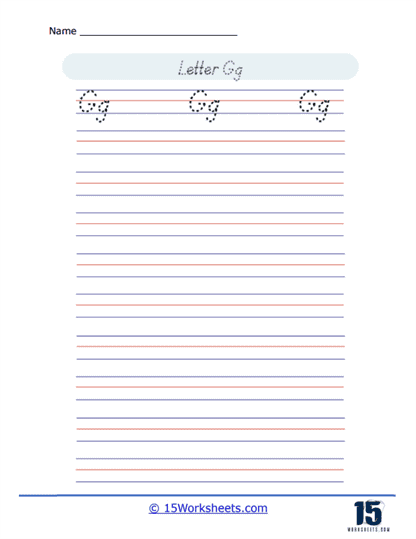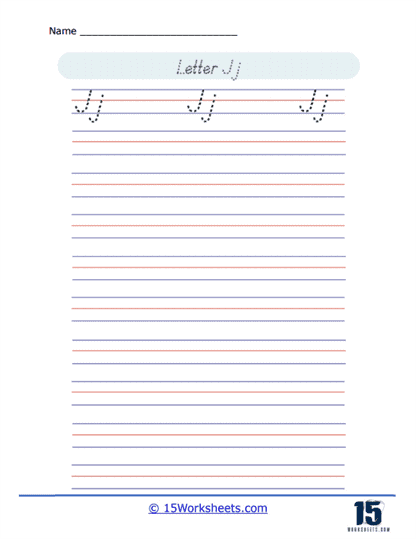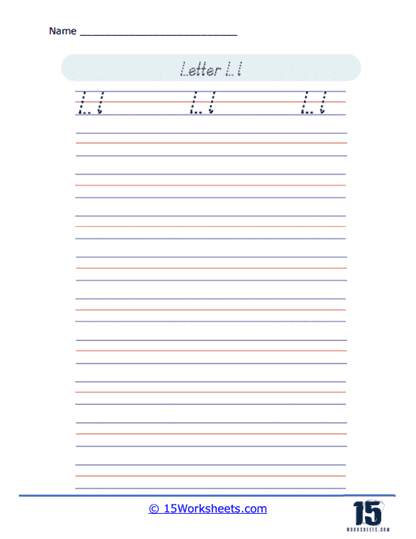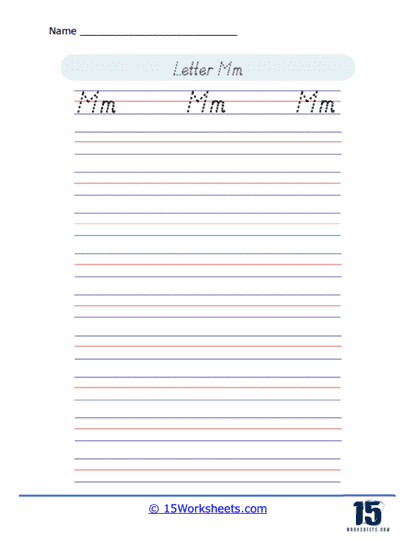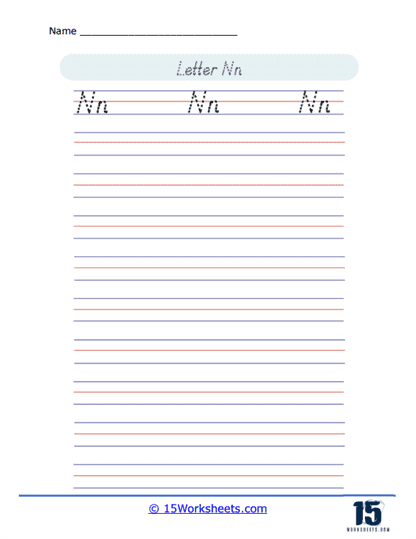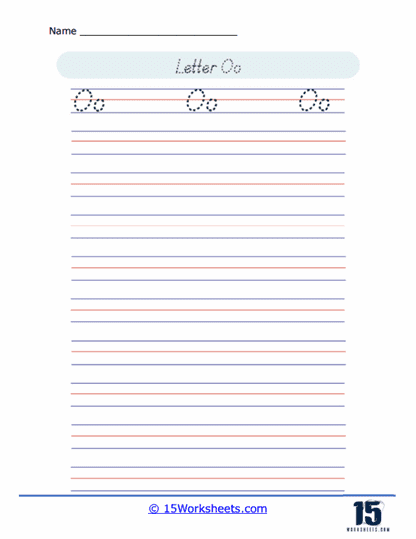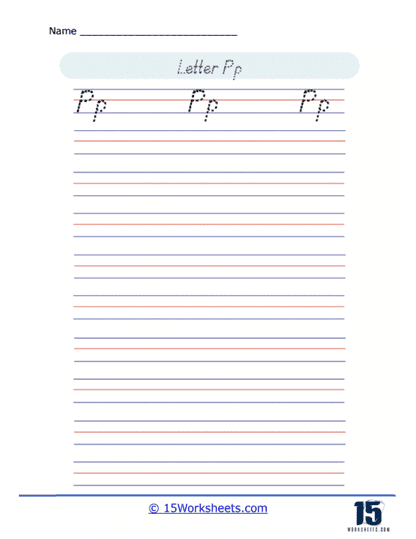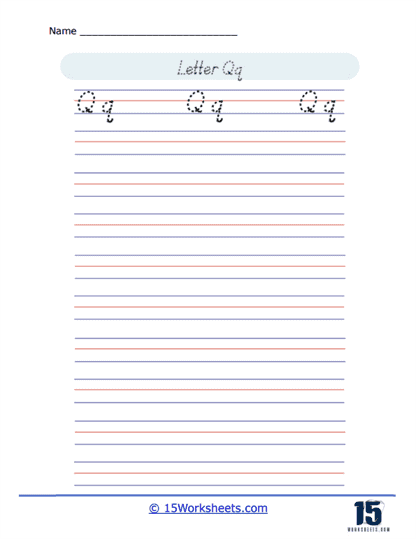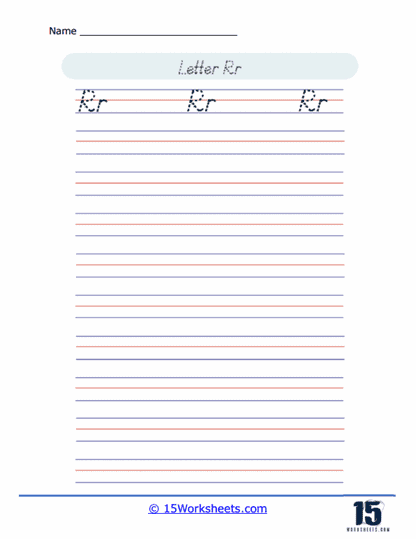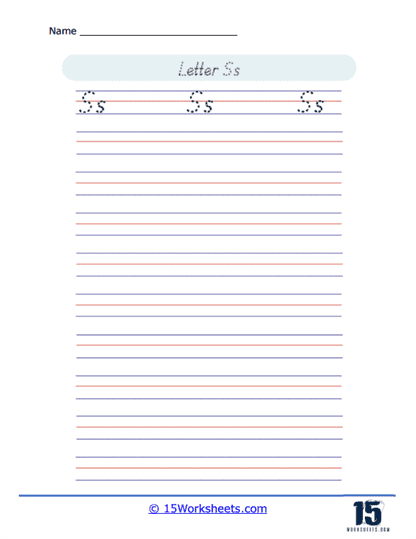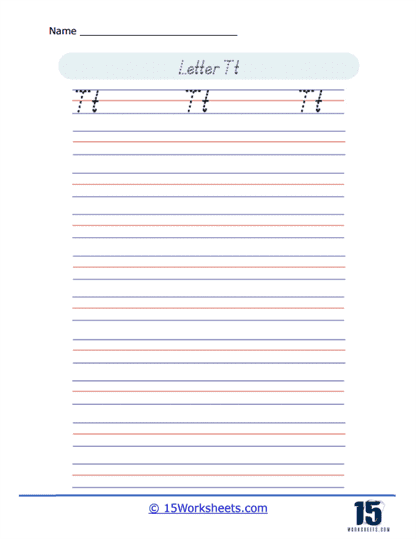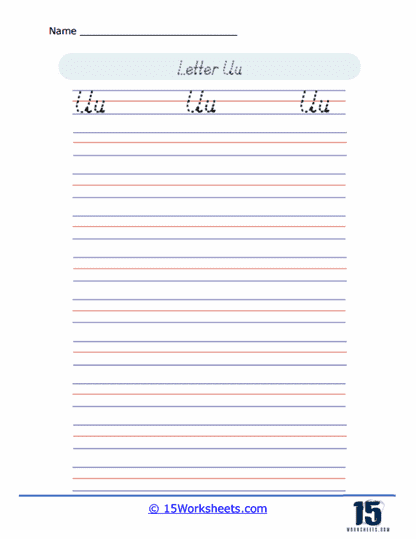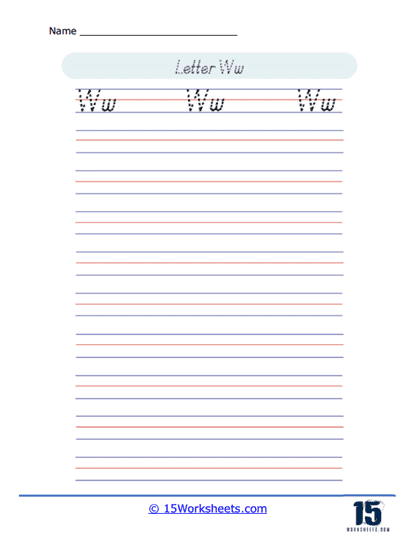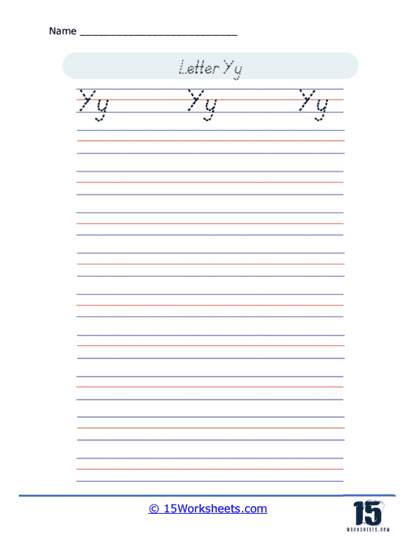Print Manuscript Worksheets
All About These 15 Worksheets
Print Manuscript handwriting worksheets offer a comprehensive and structured approach for students to develop and improve their handwriting skills in this style. The variety of exercises ensures that learners engage with all aspects of handwriting, from letter formation to writing complete sentences. The benefits of these practices extend beyond just improved handwriting; they impact fine motor skills, cognitive development, and academic performance. For students in their early learning stages, Print Manuscript handwriting worksheets are an invaluable resource in their journey to achieving clear, legible, and efficient handwriting.
What Is Print Manuscript Handwriting?
Print Manuscript handwriting, often referred to as block lettering or manuscript writing, is a style of handwriting commonly taught to young learners as they begin their journey in writing. It is characterized by its simplicity and clarity, with each letter standing alone without joining to adjacent letters, as seen in cursive writing. These worksheets are designed to teach and improve the handwriting skills of students in this specific style. These worksheets are crucial in the foundational stages of handwriting development, offering structured and methodical exercises that cater to developing the motor skills and understanding necessary for effective handwriting.
Types of Exercises
These worksheets encompass a variety of exercises tailored to enhance Print Manuscript handwriting skills. Beginning with Basic Stroke Practice, students focus on mastering the foundational strokes that serve as the building blocks for Print Manuscript letters. These exercises emphasize the repetition required to gain control and familiarity with essential movements, including straight lines, curves, and circles.
Individual Letter Formation exercises constitute another integral component. Each letter of the alphabet receives dedicated attention, commencing with tracing the letters and progressing to independent writing. Both uppercase and lowercase forms are covered, with a focus on comprehending the distinct shape and structure of each letter.
To ensure legibility, worksheets incorporate Letter Spacing Exercises. These activities instruct students on maintaining consistent spacing between letters, a critical aspect of Print Manuscript handwriting. Word Formation exercises then transition from individual letters to complete words, underscoring the importance of uniform letter size and spacing within words.
Advancing further, Sentence Writing exercises enable students to apply their handwriting skills within practical and contextual sentences. Attention is given to maintaining consistent letter formation, word spacing, and alignment throughout the sentence. Additionally, exercises on Punctuation and Capitalization are included, reinforcing proper usage beyond mere letter formation.
Number Writing, an essential component of literacy, parallels letter exercises. It equips students with the ability to write numbers in the Print Manuscript style effectively. Copying and Matching Exercises further reinforce learning by involving tasks like replicating words or sentences in Print Manuscript or associating words with corresponding images, fostering memory and word recognition skills.
Some worksheets provide stimulating prompts or questions for Writing Prompts. These encourage students to craft short responses in the Print Manuscript style, nurturing both their handwriting and creative cognitive abilities. Lastly, more advanced worksheets may offer blank lined spaces for Free Writing, granting students the opportunity to apply their acquired skills in a self-directed manner, reinforcing their proficiency in the art of Print Manuscript handwriting.
The Benefit of These Worksheets
Practicing with Print Manuscript handwriting worksheets offers a myriad of benefits that extend beyond simply improving penmanship. Firstly, it serves as the foundation for all future handwriting styles, including cursive, aiding students in developing essential motor skills and a fundamental understanding of effective handwriting.
One of the immediate advantages is the enhancement of legibility. Regular engagement with Print Manuscript worksheets leads to writing that is clearer and more decipherable. This style prioritizes simplicity and clarity, making it easier for others to read a student’s writing, thereby improving communication.
Handwriting practice also plays a pivotal role in fine motor skill development. The precise movements required for letter formation promote improved hand-eye coordination and dexterity, which can benefit students both academically and in their daily activities.
Practicing with these worksheets instills consistency in writing. Students learn to maintain uniform letter size, shape, and spacing, resulting in a more aesthetically pleasing handwriting style.
Handwriting practice is not merely a motor activity; it also engages cognitive processes. It involves memory, attention to detail, and a deep understanding of language, contributing significantly to overall cognitive development.
For those students who will eventually learn cursive writing, mastery of Print Manuscript handwriting provides a strong foundation, making the transition to cursive smoother and more seamless.
As students witness improvement in their handwriting, it often leads to increased confidence in their writing abilities and, by extension, a boost in self-esteem. This newfound confidence can positively influence their academic performance, as legible, neat handwriting makes it easier for teachers to read and understand their written work.
The repetitive nature of handwriting practice cultivates valuable qualities such as patience and discipline, skills that can prove beneficial in various aspects of education and daily life.
While Print Manuscript is primarily a functional style of writing, it also allows for a degree of artistic expression. Students have the opportunity to develop a unique handwriting style within the parameters of Print Manuscript, adding a personal touch to their written communication.


